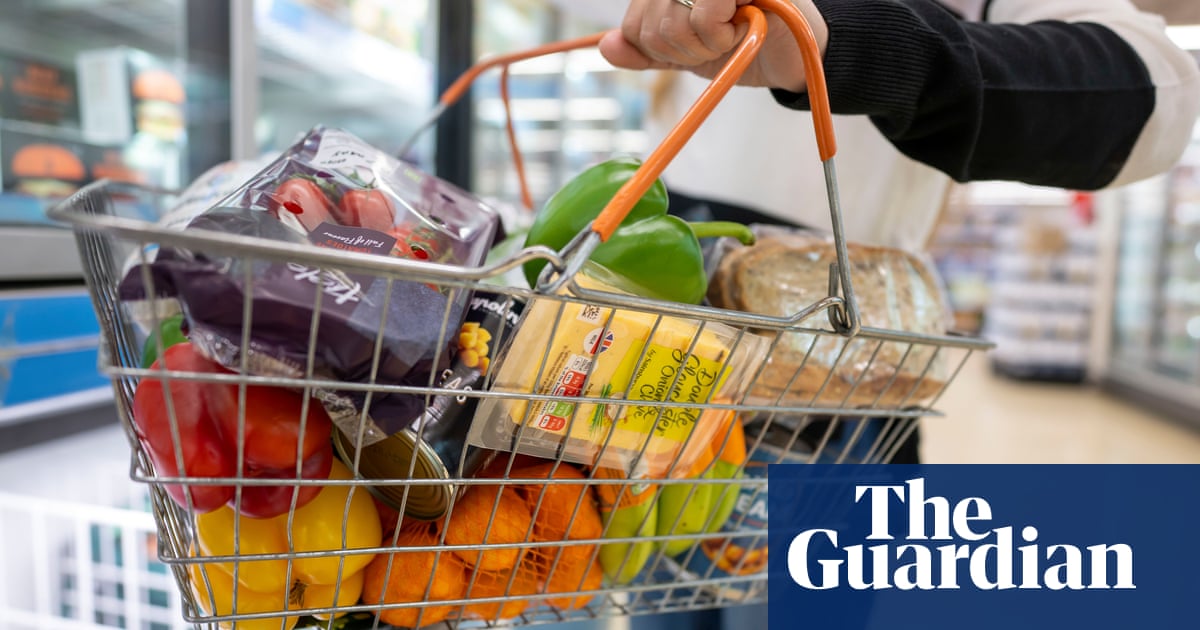
UK inflation dropped in February to 0.4% as the third coronavirus lockdown brought with it a wave of discounting by clothing retailers and secondhand car dealers, according to official figures.
The cost of food, non-alcoholic drinks, games, toys and hobbies also increased in price at a lower rate than in the previous month, pulling down the consumer prices index to a level far below a poll of City economists, who expected inflation to rise marginally from 0.7% in January to 0.8%.
Only a rise in the cost of petrol and diesel at the pumps, which sent transport costs higher, prevented inflation falling further towards zero, the Office for National Statistics said.
Many economists expect inflation to increase once the lockdown ends and all non-essential shops and the hospitality, leisure and travel industries are able to reopen for business.
The Bank of England’s chief economist, Andy Haldane, has said he expects a steep increase in consumer spending later in the year as households unlock some of the estimated £250bn of savings that have accumulated during the pandemic.
However, the fall in February is likely to ease concerns that the central bank will need to act quickly to increase interest rates to calm rising prices.
Paul Dales, the chief UK economist at the consultancy Capital Economics, said: “The surprise fall in CPI inflation, which displays the disinflationary effect from Covid-19 lockdowns, will delay the rebound to 2.0% and perhaps prompt the markets to reconsider their view that interest rates will rise next year.”
He added that although inflation has remained below 1%, meaning the governor of the Bank of England will have to write a letter to the chancellor explaining why inflation is more than one percentage point below its 2.0% target, “he can say that the fading drag from lockdowns and a rebound in energy inflation will soon lift inflation much closer to 2.0% in April. That said, we doubt inflation will be persistently above 2.0% until 2023, so don’t expect rate hikes for a long time yet.”
The ONS said the contribution from clothing and footwear to the headline rate had mostly been negative over the past two years after a prolonged period of discounting. It said there was usually a pattern over the year of falling and rising prices that tracks the sales on offer from shops but that during the pandemic this pattern had been disrupted.
In January to May, clothing and footwear prices usually increase, before falling between May and July as the summer sales begin, but the lockdowns have forced retailers to alter the timing of their discounting periods.
The ONS’s preferred CPIH measure of inflation, which includes owner occupiers’ housing costs, rose by 0.7% in the 12 months to February 2021, down from 0.9% in January.












